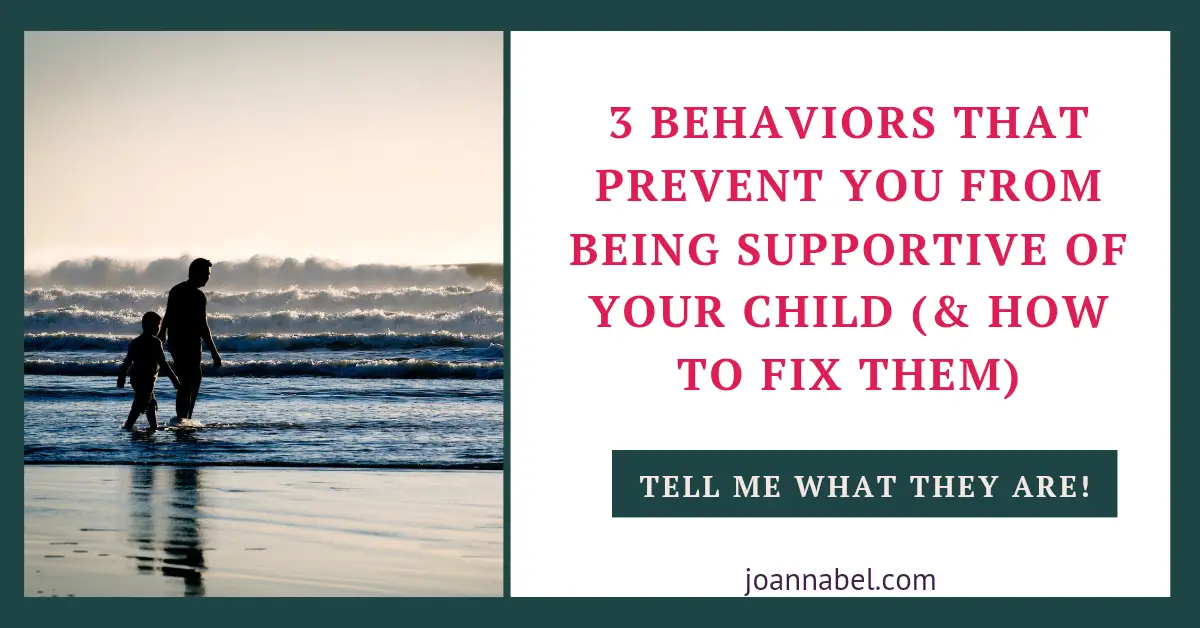Caring for an aging parent while simultaneously raising children under the same roof creates a unique and often demanding dynamic known as the “sandwich generation.” This situation requires navigating the complex and sometimes competing needs of multiple generations within one household.
Finding ways to navigate home health care for your parent while being there for your kids is no easy feat. But with thoughtful planning and open communication, you can create a supportive environment where everyone feels valued and cared for—including yourself.
Make the most of this complex yet deeply rewarding experience with tips for caring for an aging parent with kids in the house.
Note: Although I am a Clinical Social Worker, engaging with this website does not establish a professional social worker-client relationship. The information provided here is for general purposes only and should not be considered professional advice. While we strive to ensure accuracy and reliability, this content is not a substitute for professional guidance. For specific concerns, issues, or situations, it is essential to consult a qualified professional and present your situation. Read the full Disclaimer here.
CARING FOR PARENTS WHO ARE OLDER ADULTS WITH CHILDREN AT HOME

Balancing the physical, emotional, and logistical demands of care for an older adult alongside the daily responsibilities of parenting presents significant challenges, requiring immense patience, organization, and strength. Successfully managing this requires thoughtful strategies to ensure the well-being of the aging parent, the children, and importantly, the caregiver caught in the middle.
Beyond the inherent time and energy constraints, caregivers in this situation often face a complex web of practical and emotional hurdles. Logistically, this can mean juggling conflicting schedules—school events versus doctor visits, playtime versus medication management—often within limited physical space.
Financially, the dual responsibilities can potentially strain resources, combining the costs of raising children with potential expenses for older adult care, home modifications, or medical supplies.
Emotionally, caregivers may grapple with role reversal, stress, anxiety, and feelings of guilt, fearing they aren’t adequately meeting the needs of either their children or their parent, while potentially neglecting their own self-care in the process.
Having clear structure, fostering open communication among all family members, and recognizing the need for support are often crucial steps in managing these multifaceted pressures.
Now let’s dive deeper into these guidelines for caring for a parent who is an older adult while taking care of a child at the same time.
TRANSPARENCY IS ESSENTIAL
Having three generations under one roof makes for a busy household, and a busy household needs clear communication.
Sit down with everyone in your home to discuss expectations, preferences, and boundaries. For example, establish house rules to ensure everyone’s comfort and safety, such as your children understanding the importance of staying away from medical equipment or respecting quiet times.
At the same time, make sure your parent is really on board with how your household operates.
Discuss parenting decisions or house rules that need to be supported rather than undermined. These conversations help set the tone for mutual respect and ensure everyone is on the same page.
ENSURE PHYSICAL AND PSYCHOLOGICAL SAFETY FOR EVERYONE (INCLUDING YOU)
Responding to physical needs are a critical part of caregiving. Ensure your home is set up to be safe and accessible for your aging parent.
Small changes like installing grab bars in the bathroom, keeping floors free of tripping hazards, or adjusting lighting in certain areas can make a significant difference in your parent’s quality of life.
Equally important is fostering psychologically safe environment and atmosphere where emotional support is available for everyone.
For instance, your child might feel confused or overwhelmed by the changes in their home, and your parent may feel like they’re infringing on your family’s life. Keep interactions reassuring, and remember your own emotional well-being, too.
ENSURE BOTH YOUR CHILD AND YOUR PARENT BE INCLUDED IN THE CONVERSATIONS
Your child may have questions about what’s happening, and your parent might have worries they’re trying not to voice. Make space for both.
Talk openly in an age-sensitivee way with your child to help them make sense of the changes and feel secure. Remember, kids aren’t just passive recipients of you initiatives, they’re also their own human beings who deserve to be included in the decision-making about things that affect their lives.
At the same time, check in with your parent about how they’re adjusting and whether they feel heard and respected in this new setup.
When all voices are acknowledged, it promotes a culture of understanding—something the whole household benefits from.
Answer to a child’s questions, but also address your parent’s dilemmas or concerns. Children are naturally curious and may have many questions and some may be hard to answer. Be patient and honest with them.
If your parent is dealing with difficult emotions such as fear—like feeling like a burden or mourning a loss of independence—take time to address these as well. Both parties deserve care and thoughtful responses.
ALOW YOUR CHILD TO CONTRIBUTE
Your child might not have the physical strength or life experience to offer extensive caregiving, but that doesn’t mean they can’t be involved. Including your child in suitable ways can help lighten your load but most importantly it allows them to meaningfully connect with their grandparent.
Invite your child to do simple tasks like fetching a glass of water, helping with light meal prep, or reading aloud to their grandparent.
Quality time doesn’t always have to look like caregiving, though. Encourage activities that everyone can enjoy, like watching a favorite family movie, working on a puzzle, or going for a short walk together.
These shared moments foster a sense of togetherness and show your child the importance of being there for family members, even during tough times.
Just don’t forget to instruct the child on important details and give more or less specific guidelines for how they should operate. People, which means children also, do best when they know what’s expected of them.
Depending on their age and temperament, they might need step-by-step guidance, or they might be capable of acting more independently.
Teach them how to help safely and respectfully—and make it clear that it’s okay to ask questions or say no when something feels like too much.
TEACH KIDS TO BE TOLERANT BUT DON’T DISREGARD THEIR NEEDS
Balancing care for both generations doesn’t mean we should sacrifice for the other—it means finding ways to meet both of their needs in a realistic, compassionate way.
We can’t be perfect. It’s realistic to stay aware that this is an ongoing journey of balancing and to accept that it’s going step by step or day by day.
No doubt that it’s important to model empathy and decentering, but also to acknowledge if your child is having a hard time or struggling.
However they feel, let them express these feelings without judgment. Show them they’re still a priority and carve out moments for one-on-one connection, even if it’s just a short walk or a quiet chat before bed.
DEAL WITH SPACE ORGANIZATION AND STRUCTURE
Shared space can quickly become chaotic without at least somewhat clear zones and routines. Consider creating designated areas for your parent’s care needs, your children’s play or homework, and your own downtime.
Think about storage solutions, accessible layouts, and how to reduce overstimulation for everyone involved.
Having a predictable structure, such as consistent meal times, quiet hours, or routines for caregiving tasks, helps reduce stress and confusion, especially for parents who are older adults dealing with memory challenges or mobility limitations.
Just don’t forget to look for things that work for you since you’re doing the heavy lifting. You’re the anchor in this setup.
Additionally, your well-being is not optional. Make a daily and weekly break to decompress, think about joining a caregiver support group, or simply get enough rest.
Think about your own needs alongside those of your family. You cannot pour from an empty cup. Experiment to find what helps you stay grounded, organized, and emotionally balanced. When you function better, everyone around you benefits.
On that note…
ACCEPT SUPPORT AND/OR ASK FOR IT
Don’t shy away from sharing responsibilities with relevant others, delegate, don’t just wait until you’re spent. Look at support systems available for those who care about family members who are in need.
Reach out to friends, neighbors, or other family members when you need support as well. Whether it’s arranging for groceries to be delivered, having a babysitter lined up, or scheduling some personal time just for yourself, finding support will help you through every step of this experience.
You’re not incapable if you can’t do everything on your own, because you’re not supposed to, no one is. Good systems of social security recognize this and respond to the needs of vulnerable members of society.
Seeking and accepting support is not a weakness but a necessary and valid response to the demands of life, especially when caring for others. Individuals shouldn’t feel guilty or inadequate for not being able to do everything alone, because human beings are interdependent by nature.
Systems of support (like social security, community help, family structures) are meant to aid individuals, particularly in times of increased need—whether emotional, physical, or financial.
If you feel overwhelmed and like you’re failing, the issue might not be a personal inadequacy, but rather a systemic failure—where the existing structures are outdated, rigid, or poorly designed for today’s (or any) realities.
Ultimately, the message is: Avoid internalize the blame. Look at the bigger picture. Sometimes the real problem lies in how society is organized and most importantly what it values.
Latest Posts:
- Special Gifts to Let Someone Know You’re Thinking of Them (13)

- 100 Ways to Challenge Yourself (Without Stretching Yourself Too Thin)

- What To Do When Your Parent Struggles With Alcohol

- How To Navigate Moving to a New Home With Your Kids

- Prenups for Young Couples (A Modern Approach)

- What Happens When You Sign A Prenup (Relationship-Wise + Legally)

FINAL THOUGHTS ON HOW TO CARE FOR AN AGING PARENT WHILE RAISING KIDS
Moving forward, caring for an aging parent while raising kids can often feel overwhelming, but it’s also an opportunity to bring your family closer together. It’s a chance to teach your children about compassion, responsibility, and the value of family while also fostering a stronger bond between generations.
If you found this helpfu, check out also:









Leave a Reply